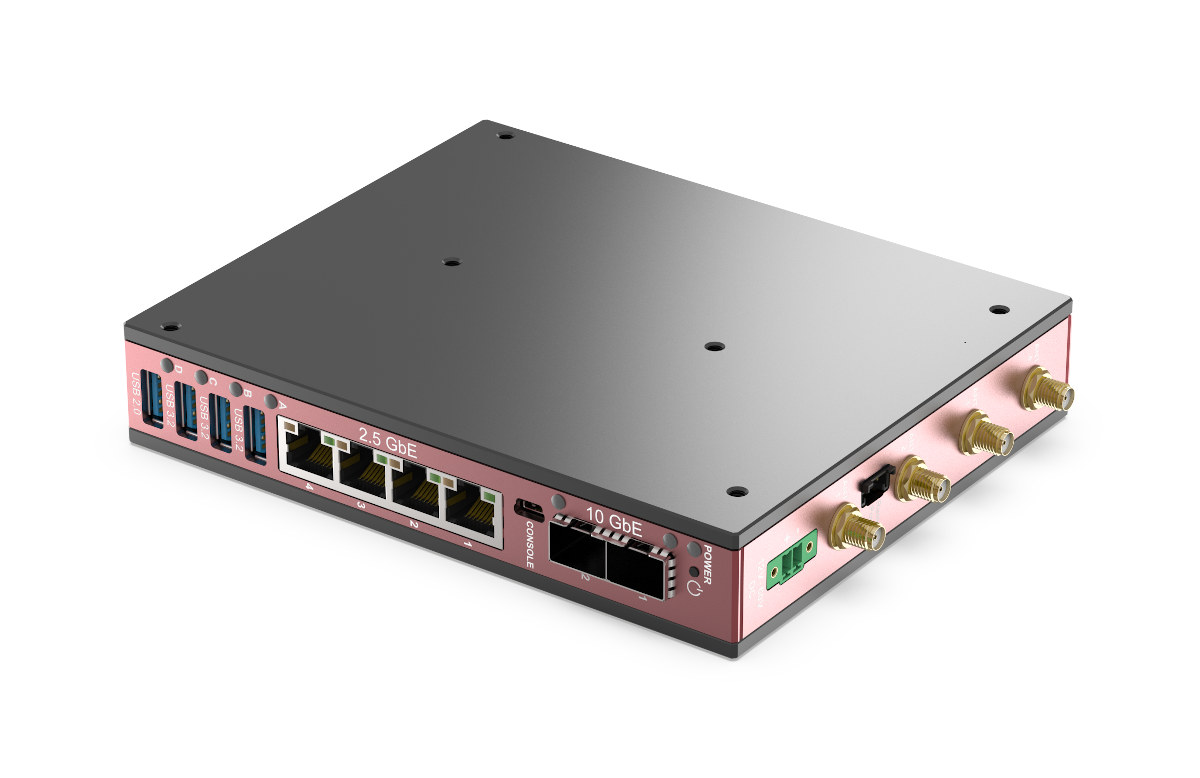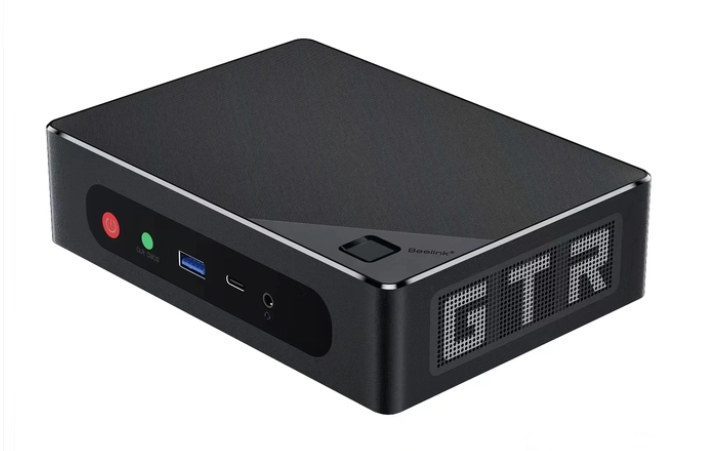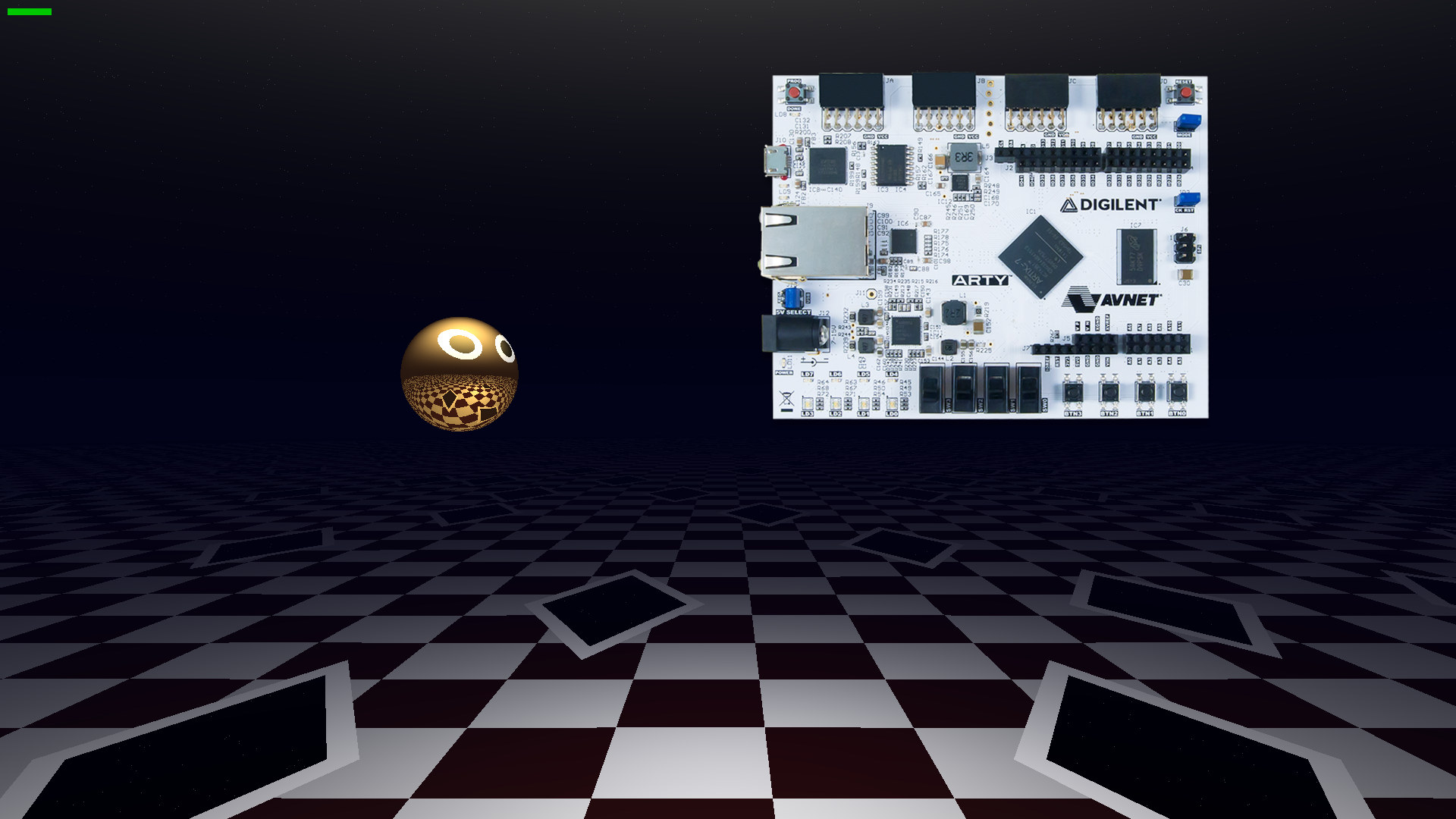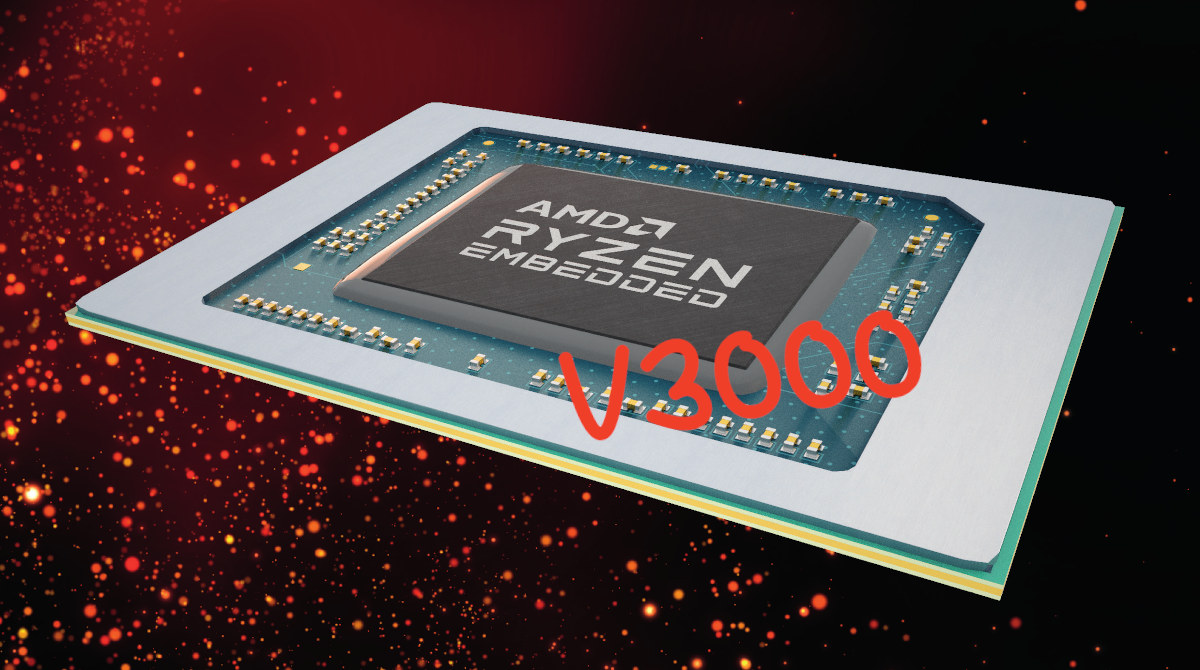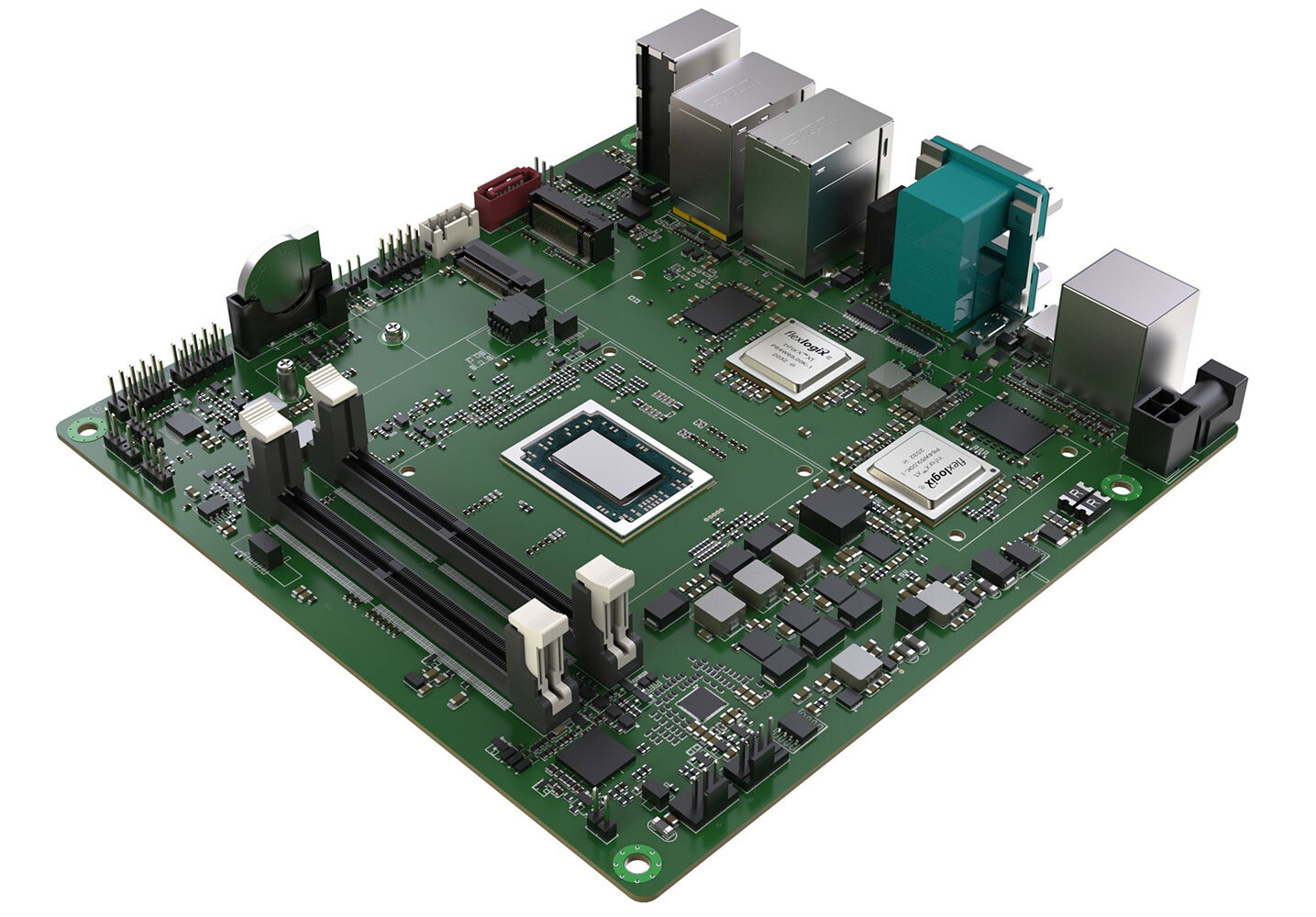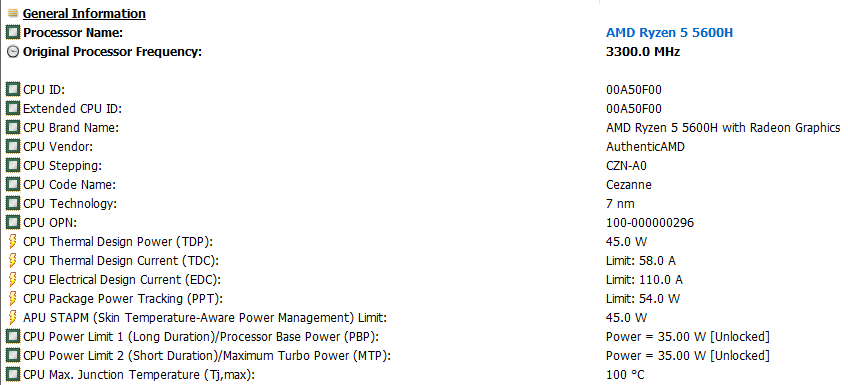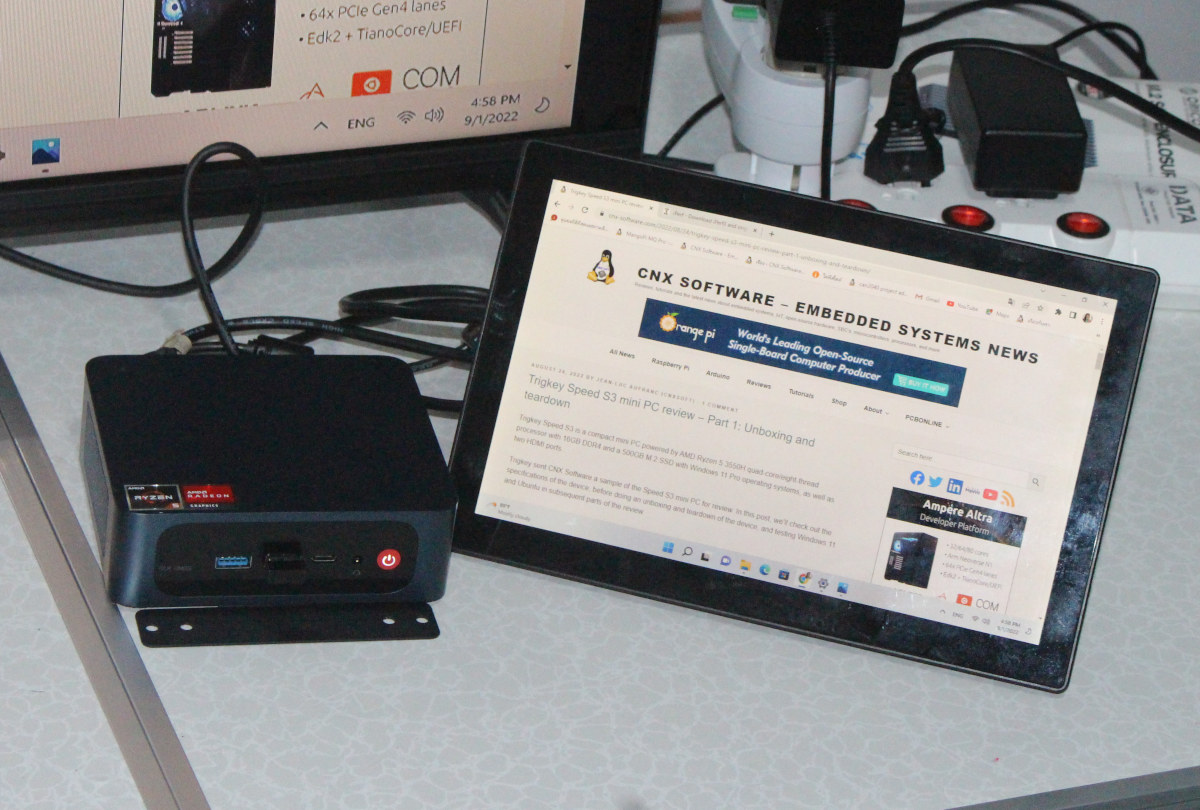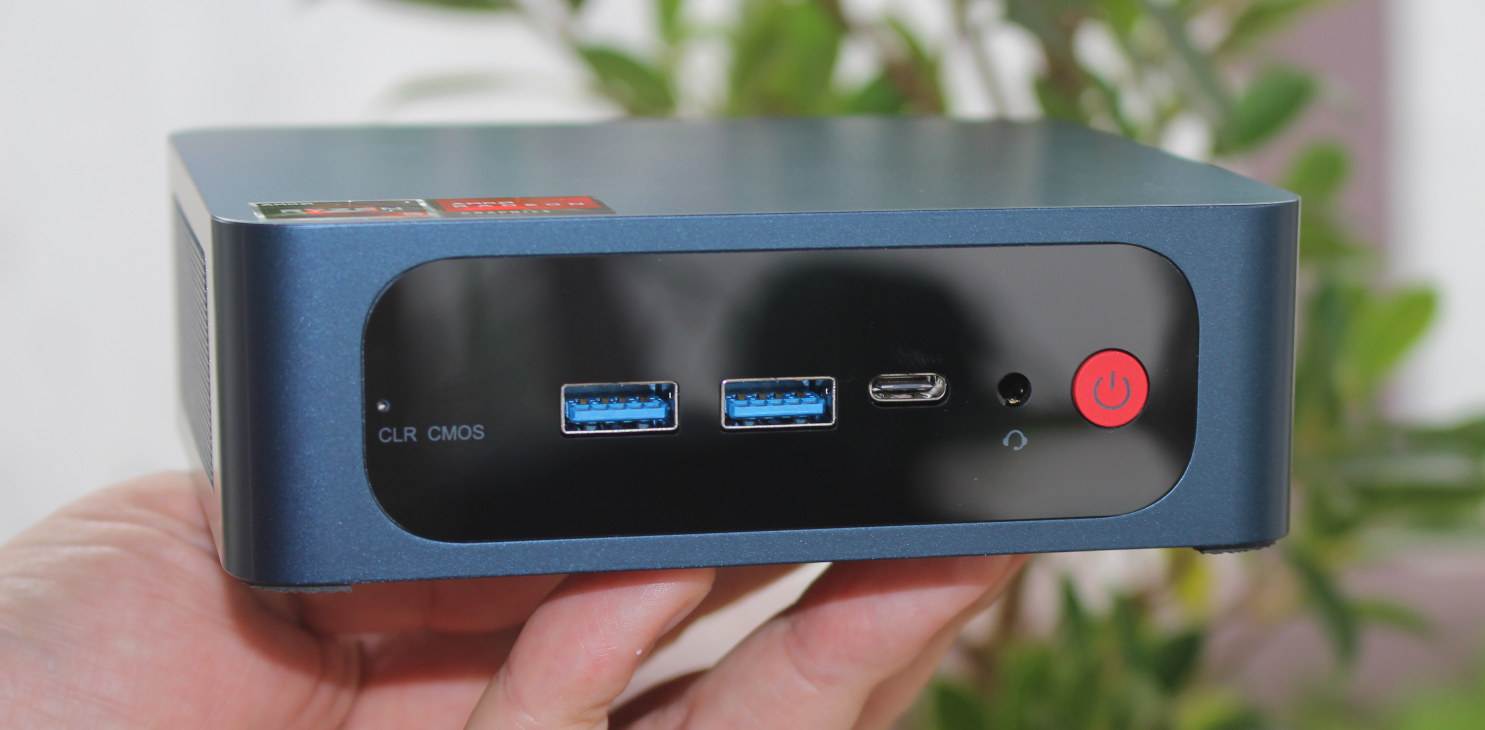SolidRun Bedrock V3000 Basic is an industrial fanless computer based on the new AMD Ryzen Embedded V3000 Zen3 processor family designed for storage and networking applications. More specifically, the embedded computer is based on the AMD Ryzen Embedded V3C48 octa-core/sixteen-thread processor with up to 64 GB DDR5 memory, support for up to three M.2 key-M 2280 NVMe SSDs, and impressive network connectivity options with two SFP+ cages capable of 10 Gbps speeds, four 2.5GbE RJ45 ports, and optional support for WiFi 6, 4G and/o 5G cellular connectivity. Bedrock V3000 Basic specifications: SoC – AMD Ryzen Embedded V3000 family with up to 8C/16T Zen3+ cores @ up to 3.8 GHz; TDP: Up to 45W System Memory – Quad-channel DDR5-4800 up to 64 GB ECC / non-ECC via 2x SODIMM socket. The RAM is conduction-cooled Storage 1x M.2 key-M 2280 NVMe PCIe Gen4 x 4 socket, conduction-cooled, with optional power-loss protection 2x […]
Beelink GTR6 mini PC packs an AMD Ryzen 9 6900HX processor, up to 64GB RAM
Beelink GTR6 is a mini PC powered by a 45W AMD Ryzen 9 6900HX octa-core/16-thread processor @ up to 4.9 GHz with 12-core Radeon 680M graphics, taking up to 64GB DDR5, and M.2 2280 PCIe Gen4 SSD storage. Once upon a time mini PCs were powered by low-power processors for fanless or near-silent operation, but in recent years, companies have started to integrate faster and faster powerful into the mini PC form factor. The Beelink GTR6 may be one of the most powerful mini PC so far thanks to the AMD Ryzen 9-6900HX CPU. Beelink GTR6 preliminary specifications: SoC – AMD Ryzen 9 6900HX octa-core/16-thread Zen 3+ processor @ up to 3.3 GHz / 4.9 GHz (Turbo) with 12-core Radeon 680M graphics (RDNA2 architecture) @ up to 2.4 GHz; TDP: 45W System Memory – 2x DDR5-4800MHz SODIMM sockets for up to 64GB RAM (32GB by default) Storage M.2 2280 NVMe […]
3D game running on FPGA shown to be 50x more efficient than on x86 hardware
Sphery vs. shapes is an open-source 3D raytraced game written in C and translated into FPGA bitstream that runs 50 times more efficiently on FPGA hardware than on an AMD Ryzen processor. Verilog and VHDL languages typically used on FPGA are not well-suited to game development or other complex applications, so instead, Victor Suarez Rovere and Julian Kemmerer relied on Julian’s “PipelineC” C-like hardware description language (HDL) and Victor’s CflexHDL tool that include parser/generator and math types library in order to run the same code on PC with a standard compile, and on FPGA through a custom C to VHDL translator. More details about the game development and results are provided in a white paper. Some math functions were needed, including: floating point addition, subtraction, multiplication, division, reciprocals, square root, inverse square roots, vector dot products, vector normalization, etc. Fixed point counterparts were also used for performance reasons and to […]
AMD launches Ryzen Embedded V3000 Zen3 processors for storage and networking applications
AMD has just launched the Ryzen Embedded V3000 family of processors with four to eight Zen3 cores, a DDR5 memory interface, twenty PCIe Gen4 lanes, and two 10GbE interfaces that make it ideal for storage and networking applications, especially since there’s no GPU at all. The new embedded processors succeed the Ryzen Embedded V2000 Zen2 family introduced two years ago, and the Ryzen V1000 processors in 2018. For some reason, AMD decided to compare the new V3000 processors against the latter and claims up to 124% greater CPU performance, 50% improved memory transfer rate, twice the number of CPU cores, and improved I/O connectivity. There are five Ryzen Embedded V3000 SKUs at launch with the V3C48, V3C44, V3C18I, V3C16, and V3C14 whose key differences can be found in the table below. The AMD Ryzen Embedded V3C18I “industrial” processor also works in sub-zero temperatures for automotive and industrial applications. Shared specifications […]
Mini-ITX motherboard combines AMD Ryzen Embedded R2314 SoC with two InferX X1 AI accelerators
Flex Logix has just announced the InferX Hawk mini-ITX motherboard equipped with an AMD Ryzen Embedded R2314 SoC and two InferX X1 AI accelerators from the company in order to help customers customize, build and deploy edge and embedded AI systems easily and quickly. The motherboard features up to 32GB RAM, supports SATA and M.2 MVMe/SATA storage, provides dual Gigabit Ethernet and optional WiFi/4F LTE connectivity, plus the usual USB 3.2, DisplayPort, and serial interfaces, and is meant to compete directly against solutions based on NVIDIA Jetson AGX Xavier. InferX Hawk specifications: SoC – AMD Ryzen Embedded R2314 quad-core processor @ 2.1/3.5 GHz (Turbo) with hexa-core Radeon Vega graphics; TDP: 12 to 35W AI accelerators – 2x InferX X1 accelerators System Memory – 2x DDR4 SO-DIMM up to 32GB capacity Storage M.2 M Key socket for NVMe or SATA SSD SATA 3.0 connector Video Output – 2x DisplayPort Networking […]
How to check TDP (PL1 and PL2 power limits) in Windows and Linux
A TDP (Thermal Design Power) value in Watts will usually be provided for Intel and AMD processors to help manufacturers design an appropriate thermal solution for a given processor, and it’s often used to estimate power consumption by consumers. But TDP is also often configurable, and manufacturers may decide to increase to decrease the value for higher performance or lower power consumption, so we’ll show you how to check the TDP value, or more exactly PL1 and PL2 power limits in both Windows 11 and Linux (Ubuntu 22.04). Note that TDP is being replaced by PBP (Processor Base Power) in newer processors, with PL1 (Long Duration) corresponding to BPB, and PL2 (Short Duration) to Maximum Turbo Power (MTP), at least on Intel chips. Check the TDP values in Windows 11 You’ll first need to install HWiNFO64 program, then start it leaving all options unticked (default), and go to Control Processor(s) […]
Trigkey Speed S3 review – Part 2: AMD Ryzen 5 3550H mini PC tested with Windows 11 Pro
After checking out Trigkey Speed S3 mini PC hardware in the first part of the review, it’s now time to power up Trigkey Speed S3 Mini PC and test it with the preinstalled Windows 11 Pro operating systems. Booting up is fast, and the system runs smoothly while visiting various websites while listening to music, and watching YouTube videos. But in this second part of the review, let’s test the performance of the Trigkey Speed S3 mini PC on Windows 11 Pro in detail. Trigkey Speed S3 memory We can see the two 8GB Crucial memory sticks detected in Windows 11 Pro with a 2,400 MHz speed, while the sticks are rated up to 3,200 MHz. But a quick check on AMD’s website reveals this may be normal since the maximum memory frequency for the AMD Ryzen 5 3550H is listed as 2,400 MHz. Checking out the USB ports Since […]
Trigkey Speed S3 mini PC review – Part 1: Unboxing and teardown
Trigkey Speed S3 is a compact mini PC powered by AMD Ryzen 5 3550H quad-core/eight-thread processor with 16GB DDR4 and a 500GB M.2 SSD with Windows 11 Pro operating systems, as well as two HDMI ports. Trigkey sent CNX Software a sample of the Speed S3 mini PC for review. In this post, we’ll check out the specifications of the device, before doing an unboxing and teardown of the device, and testing Windows 11 and Ubuntu in subsequent parts of the review. Trigkey Speed S3 specifications SoC – AMD Ryzen 5 3550H quad-core/eight-thread processor @ 2.1 / 3.7Ghz (Turbo) with Radeon Vega 8 Graphics @ 1200 MHz; TDP: 12-35W System Memory – 16 GB (2x 8GB) DDR4-3200MHz via two SO-DIMM sockets (upgradeable up to 64 GB) Storage 500GB M.2 SSD 2.5-inch SATA HDD bay (up to 7mm thick) Video Output – 2x HDMI ports Audio – 3.5mm audio jack with […]


